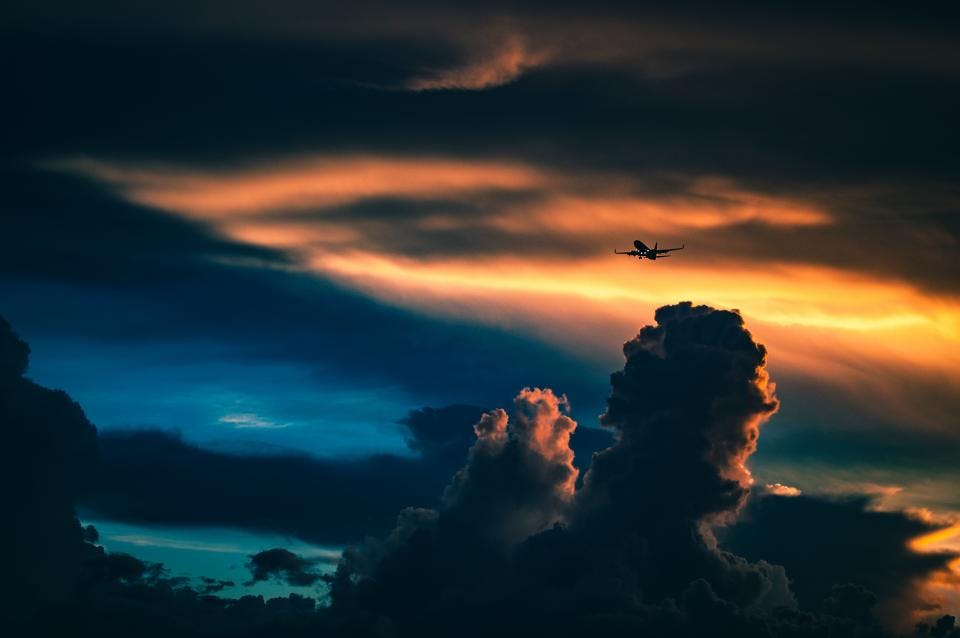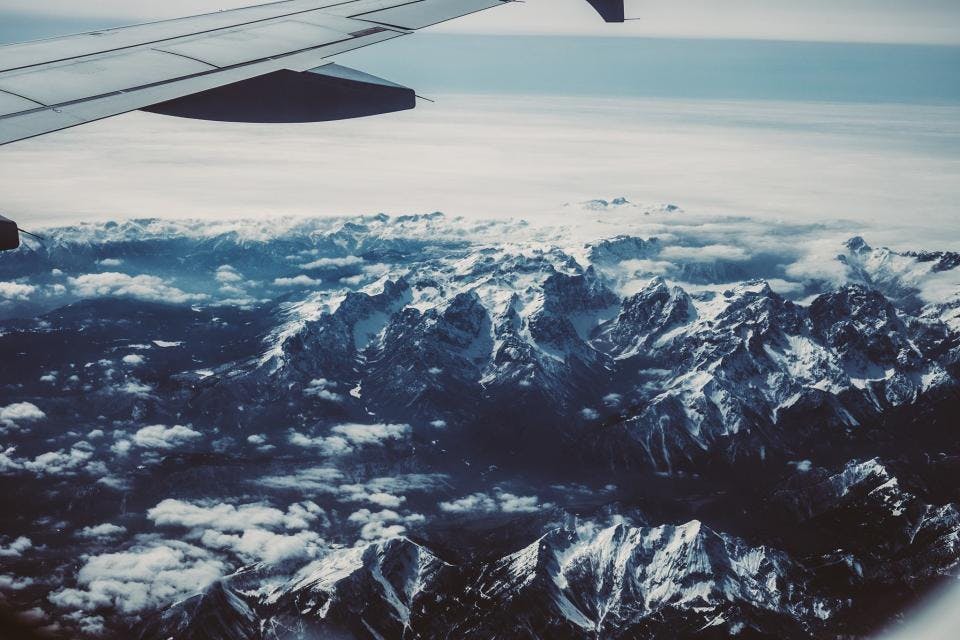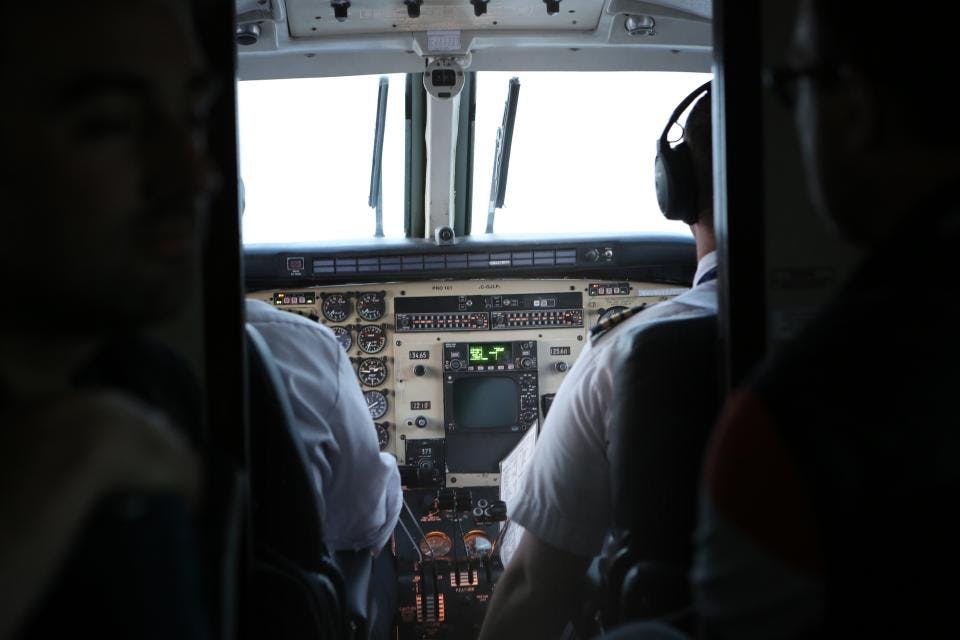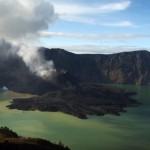What is turbulence?
If you’re not a confident flyer, turbulence can cause a fair amount of stress and fear. Even those who love flying and everything aviation-related (including some team members here at PrivateFly), can get nervous when turbulence hits.
It’s an unpredictable factor, and can sometimes be fairly dramatic. But air turbulence is very common (and normally completely safe) when flying. And as with any fear, the best way to conquer it is knowledge. So here’s what causes turbulence on your flight, and what’s really happening when it hits.

What causes turbulence?
Turbulence happens when an aircraft flies through unstable (or turbulent) air and this can happen for a variety of reasons. When the aircraft is nearer to the ground, the cause can be strong winds, such as when you fly in storm conditions. Or in hotter climates, it’s the rising thermal currents that can destabilise the air, as the ground is heated by the sun.
At higher altitudes, turbulence arises when air rises vertically – from high to low. Other factors that can cause turbulence include jet streams, flying over mountains; or flying in the wake of a bigger aircraft.
Flying across the Alps, for example can lead to a patch of turbulence when you’re flying through Europe.

Is turbulence dangerous?
Other than in very rare circumstances, turbulence is not dangerous to passengers. An aircraft is built and tested to withstand extreme conditions. And your crew will be able to keep it in full control even from the mightiest gust or air pocket. While the conditions may be slightly uncomfortable, the aircraft will not malfunction due to turbulence.
A pilot sees turbulence as a customer service issue, rather than a safety issue. Pilots don’t worry about the aircraft being damaged by turbulence, they’re much more concerned with helping passengers to stay relaxed, and your drinks upright.
Aircraft are engineered to take a remarkable amount of punishment, and they have to meet stress limits for both positive and negative G-loads. So you’re quite safe even in the strongest of turbulence.
Can the pilot avoid turbulence?
It’s more of an art than a science to predict where, when and how much turbulence a flight route may encounter. Pilots can take their cues from weather charts, radar, and the most useful, real-time reports from other aircraft who recently flew on the same route.

Of course some areas are more liable to turbulence than others so pilots tend to know where to predict it, and avoid it if they can (they can’t always). Such as flying over mountain ranges or a jet stream boundary. (Read more about jet streams and how they impact flight times)
However, there are times when turbulence is very unpredictable. There is a type of turbulence called ‘clear-air turbulence’ which can be tricky to track. That’s because it is caused by rising air that is very dry, which means no condensation forms and it can’t be detected on the weather radar.
While it can’t be avoided all together, there are aircraft manufacturers who are testing out technology that can better help pilots avoid turbulence altogether, such as using ultraviolet lasers to send pulses into the air ahead. So in a few years, turbulence could be a thing of the past!
But until then, be assured that when your flight hits a bumpy patch, you are quite safe. Just make sure to hold onto your drink.
If you have any other aviation questions, you can put them to our Flight Team via our Facebook page. Or for the latest aviation news and private jet charter prices, sign up for our weekly newsletter.
Related content

Private Jet Charter During An Ash Cloud



